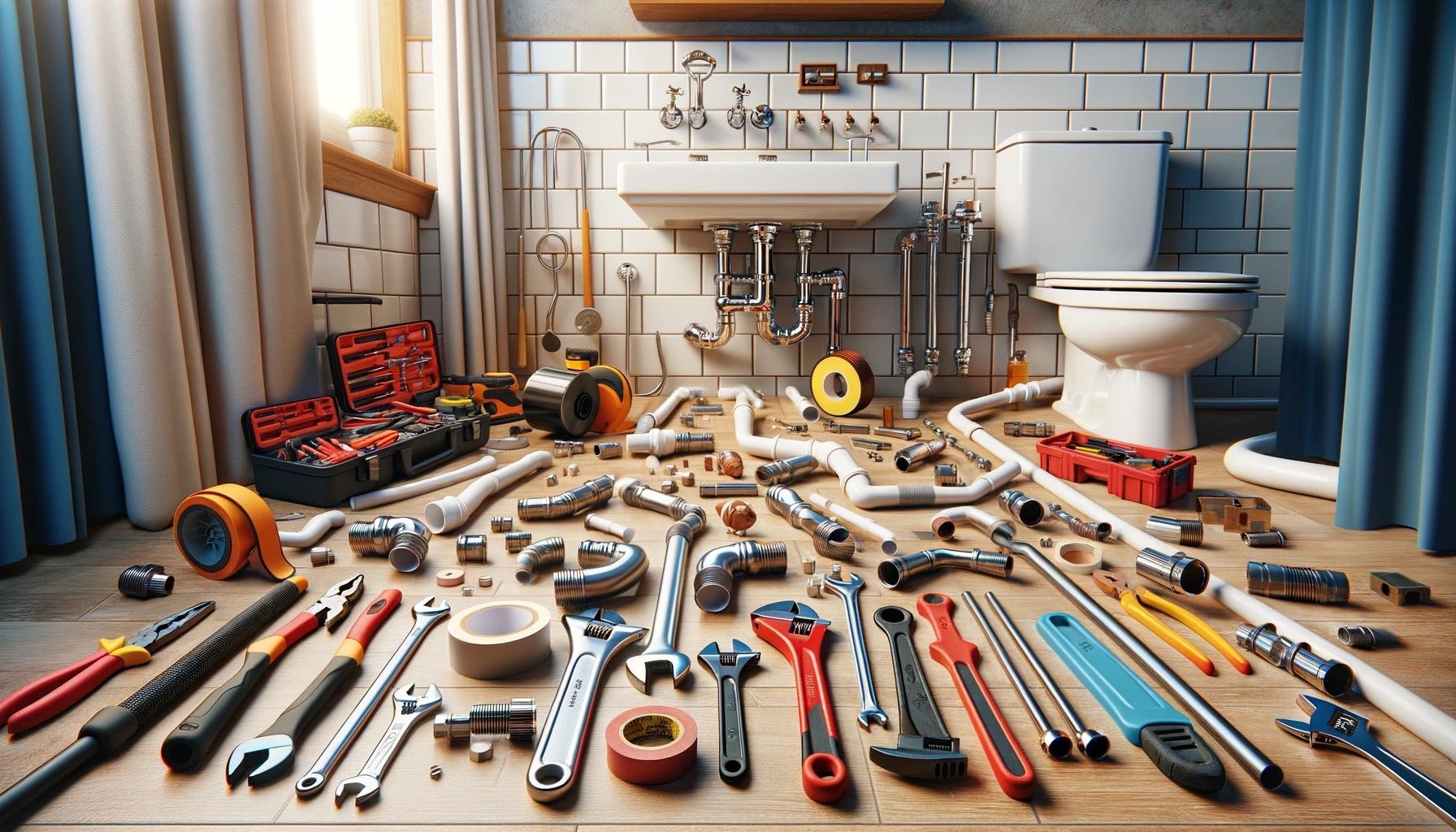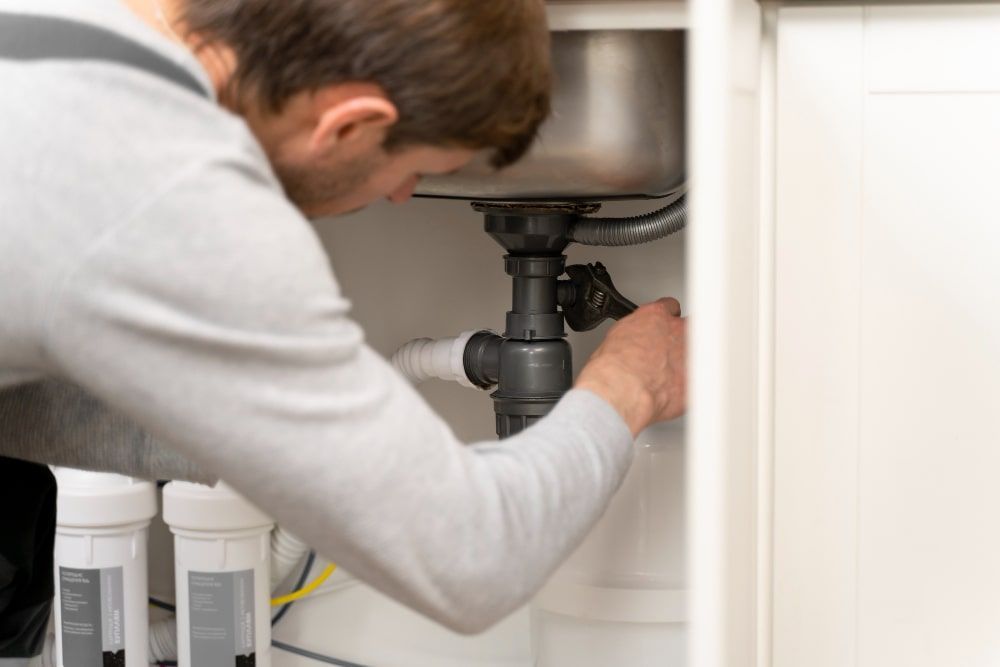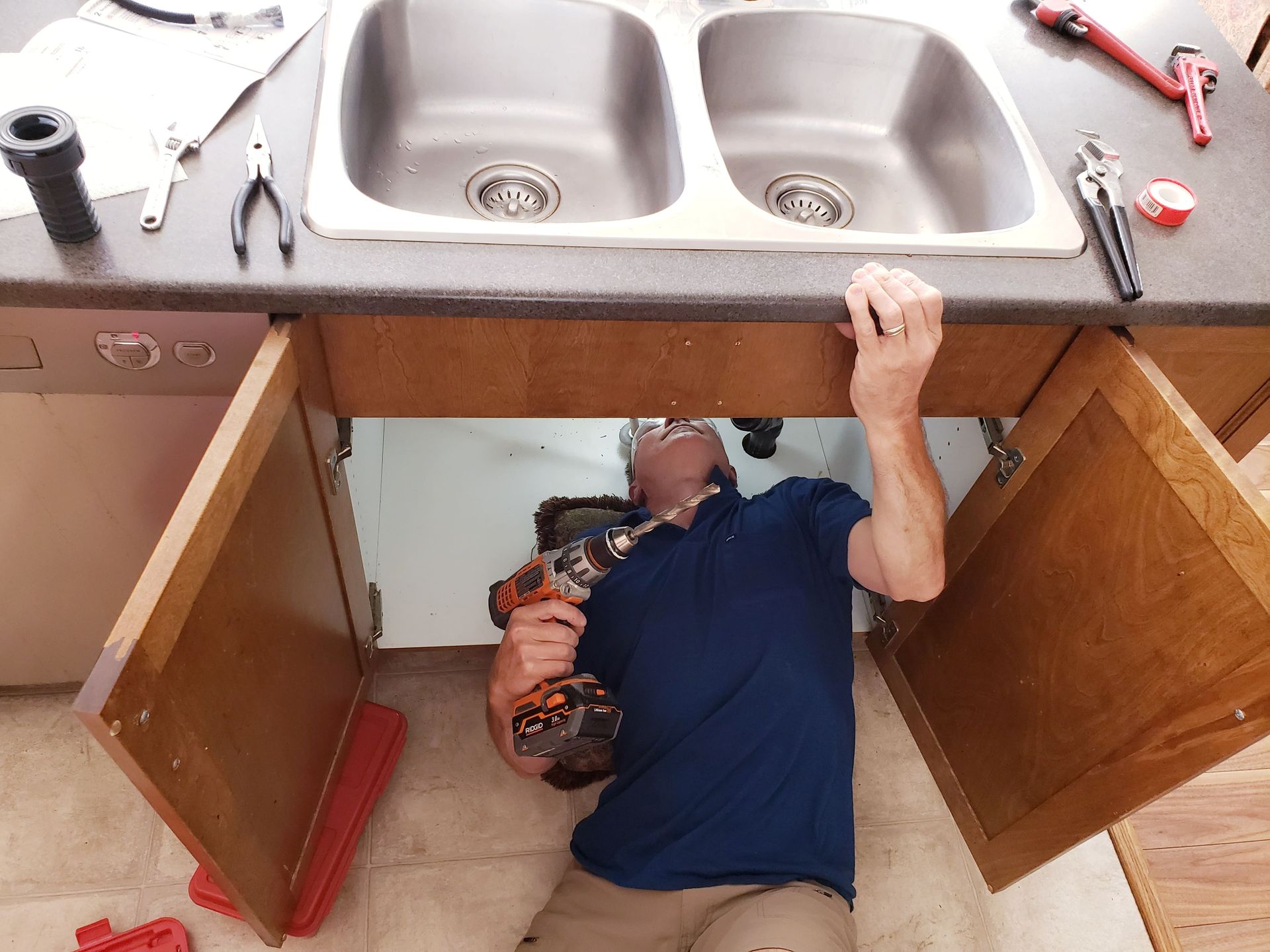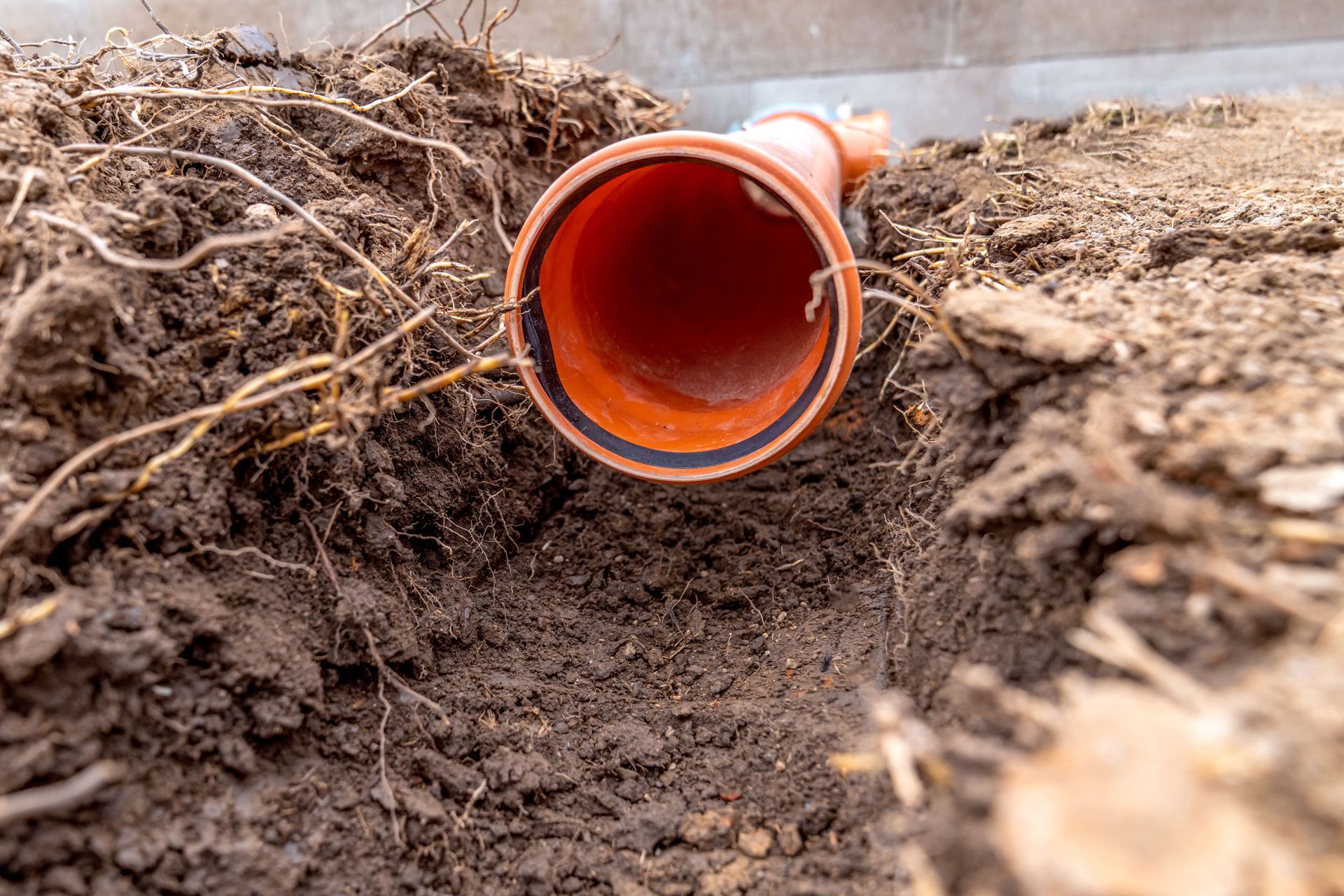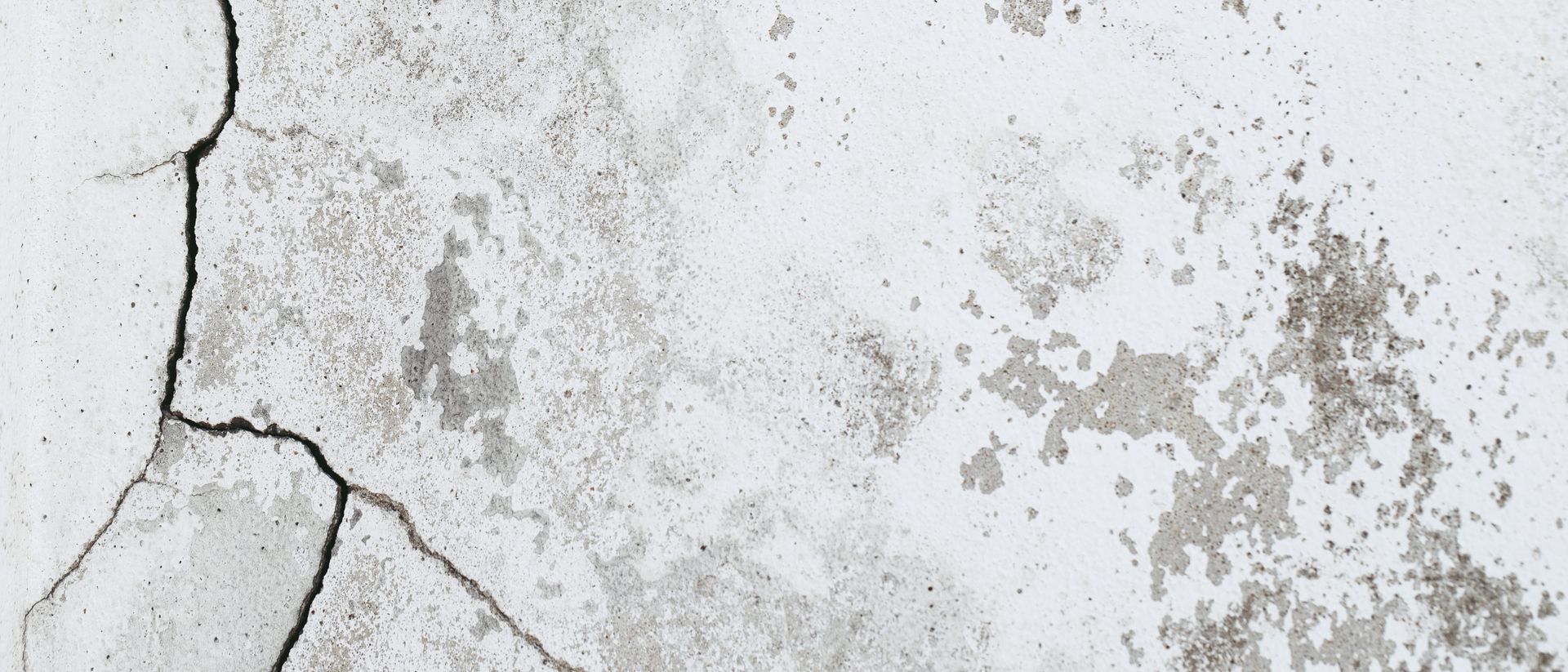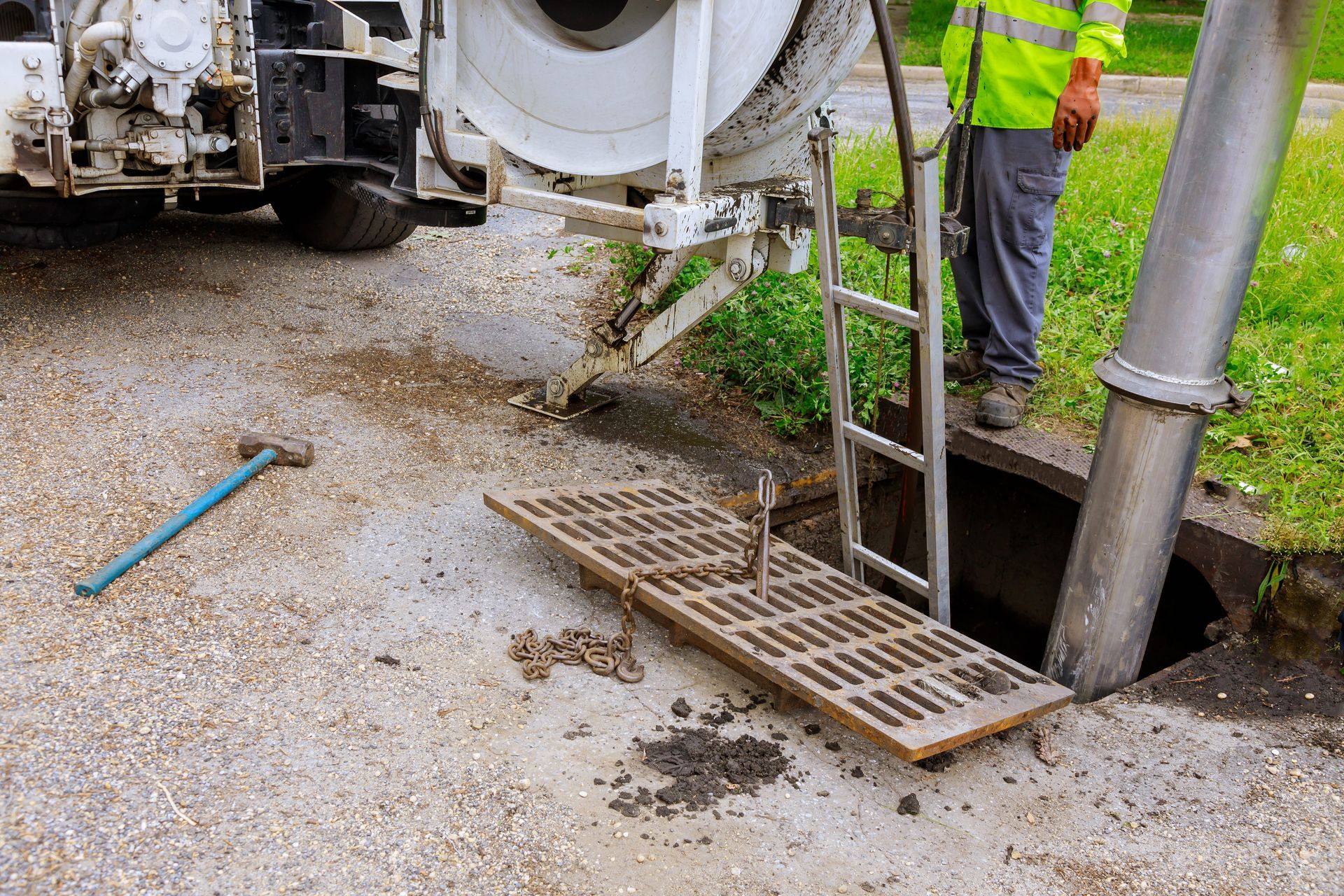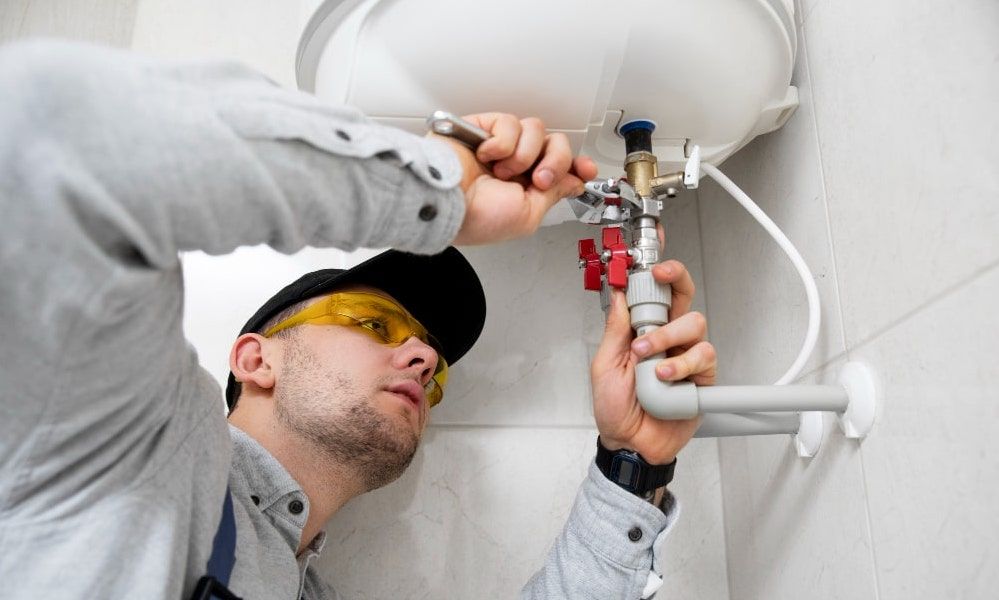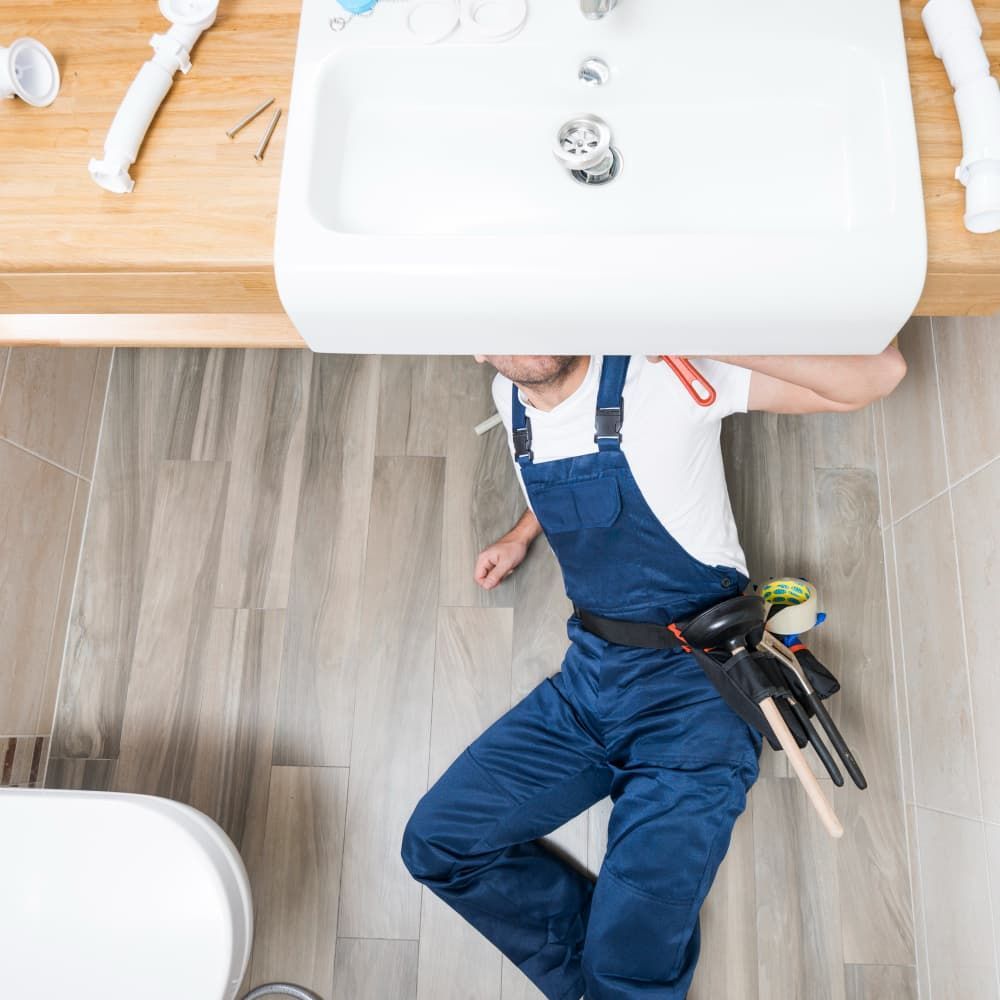Preventive Maintenance For Your Water Heater: A Checklist And Why It Matters
Your water heater is a powerhouse in your living space, quietly producing hot water for everyday tasks such as bathing, cooking, as well as cleaning. However, it is generally overlooked until something goes wrong. Regular preventative maintenance is vital to ensuring that your hot water heater performs properly and lasts for many years. When your water heater is broken instead of all the preventive maintenance efforts, trust The Good Life Home Maintenance expert water heater repair in Fort Collins, ensuring your trusty appliance keeps the hot water flowing.
In this article, we will present you with a detailed water heater maintenance checklist and explain why it is critical to follow it.
Why Does Water Heater Preventive Maintenance Matter?
Before our Fort Collins plumbers go into the water heater maintenance checklist, let's first grasp why preventative maintenance is so important. Your water heater is an investment, and maintaining it will save you time as well as money in the long term. It provides the following benefits:
- Prolonged Lifespan
- Energy Efficiency
- Improved Performance
- Cost Savings
- Safety
Now that we've discussed the need for preventative maintenance let's look at the hot water heater preventive maintenance checklist.
Water Heater Maintenance Checklist
Check for Leaks
Inspecting for leaks should be one of the first steps on your hot water heater preventative maintenance checklist. Leaks may lead to damage to your property and corrode the water heater tank. This is how you do it:
- Look for water pooling or leaking near the water heater's bottom.
- Check the pressure relief and drain valves for leakage.
- Examine the water supply connections for moisture and corrosion.
If you find any leaks or symptoms of moisture, you must treat them immediately to avoid additional damage.
Test the Pressure Relief Valve:
The pressure relief valve is a protective element that safeguards the water heater from building up excessive pressure. Water heater maintenance requires yearly testing. This is how you do it:
- Pull the lever on the pressure release valve to let some water out. This motion should relieve any excessive pressure.
- If you notice a hissing sound or observe water pouring from the valve, it is functioning properly.
- If there is no reaction when you pull the lever, or if the leak persists after testing, replace the valve.
Inspect the Anode Rod
The anode rod is a sacrificial piece that serves to avert corrosion inside the water heater tank. Checking the anode rod is an important step in water heater preventative maintenance. This is how you do it:
- Find the anode rod access location on top of the water heater.
- Take out the access cap and use a wrench to detach the anode rod gently.
- Examine the condition of the rod. If it's highly rusted or less than half an inch thick, replace it.
Regularly changing the anode rod may dramatically increase the lifespan of your water heater.
Drain and Flush the Tank
Sediment accumulation in the water heater tank may limit performance as well as cause harm over time. To avoid this, dump and cleanse your tank a minimum of once a year. This is how you do it:
- Shut off the power source (electric heaters) or the gas supply (gas heaters).
- Connect a hose to the drain valve beneath the tank and put the other end in an appropriate drainage location or container.
- Open a hot water faucet in your house to enable air to enter the system.
- Open the drain valve, then allow the water to flow out until it is clear, showing that the silt has been cleared.
- Shut the drain valve and turn the tank's water supply back on.
- Close the hot water faucet once it no longer sputters.
- Turn the electricity or gas back on.
Flushing the tank eliminates sediment, enabling your water heater to run more effectively and prolong its life.
Check the Temperature Setting
To ensure safety and efficiency, test the temperature setting on your water heater. Most experts advocate adjusting the temperature to roughly 120 degrees Fahrenheit (49 degrees Celsius) to avoid scorching and save energy.
Inspect the Venting (for Gas Heaters)
If you have a gas water heater, it's critical to examine the venting system every year. Make sure that the flue or vent pipe is free of obstacles and evidence of damage. Gas water heaters need proper venting to operate safely.
Clean the Burner (for Gas Heaters)
A clean burner is required for gas water heaters to operate efficiently. If you see smoke or a yellow or orange flame when the burner is turned on, it may be necessary to clean it. Turn off the gas and follow the manufacturer's cleaning recommendations for the burner.
Test the Temperature and Pressure Relief Valve
Aside from checking for leaks, you must inspect the temperature as well as pressure relief valves to verify they work properly. It should discharge water when the temperature or pressure within the tank rises over acceptable limits. If it does not operate as planned, replace it right away.
Inspect the Pilot Light (for Gas Heaters)
If you have a gas water heater with a pilot light, ensure that it burns continuously and has a blue flame. An uneven or yellow flame may suggest an issue with the burner or the gas source.
In Summary: Keeping Your Water Heater in Top Shape
Your water heater is an important equipment in your house, and doing preventative maintenance may help prolong its life, increase efficiency, and save you money in the long term. By considering the above-mentioned hot water heater preventative maintenance checklist, you can make sure that your water heater continues to supply you with hot water consistently and effectively.
The Good Life Home Maintenance Solutions provides reliable water heater maintenance solutions to maintain your equipment in peak condition, allowing you to enjoy hot showers easily. With our plumbing specialists at your side, you can be certain that we will address all of your water heater preventive maintenance requirements, leaving you with a well-maintained system.

Send Us A Message
Thank you for contacting us.
We will get back to you as soon as possible
Oops, there was an error sending your message.
Please try again later
Location


